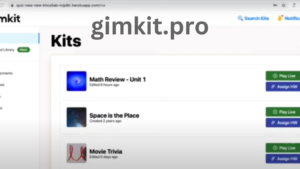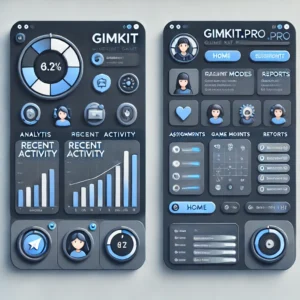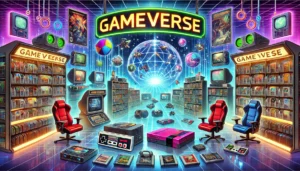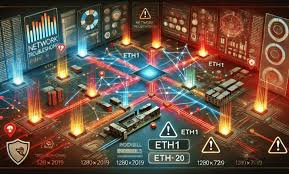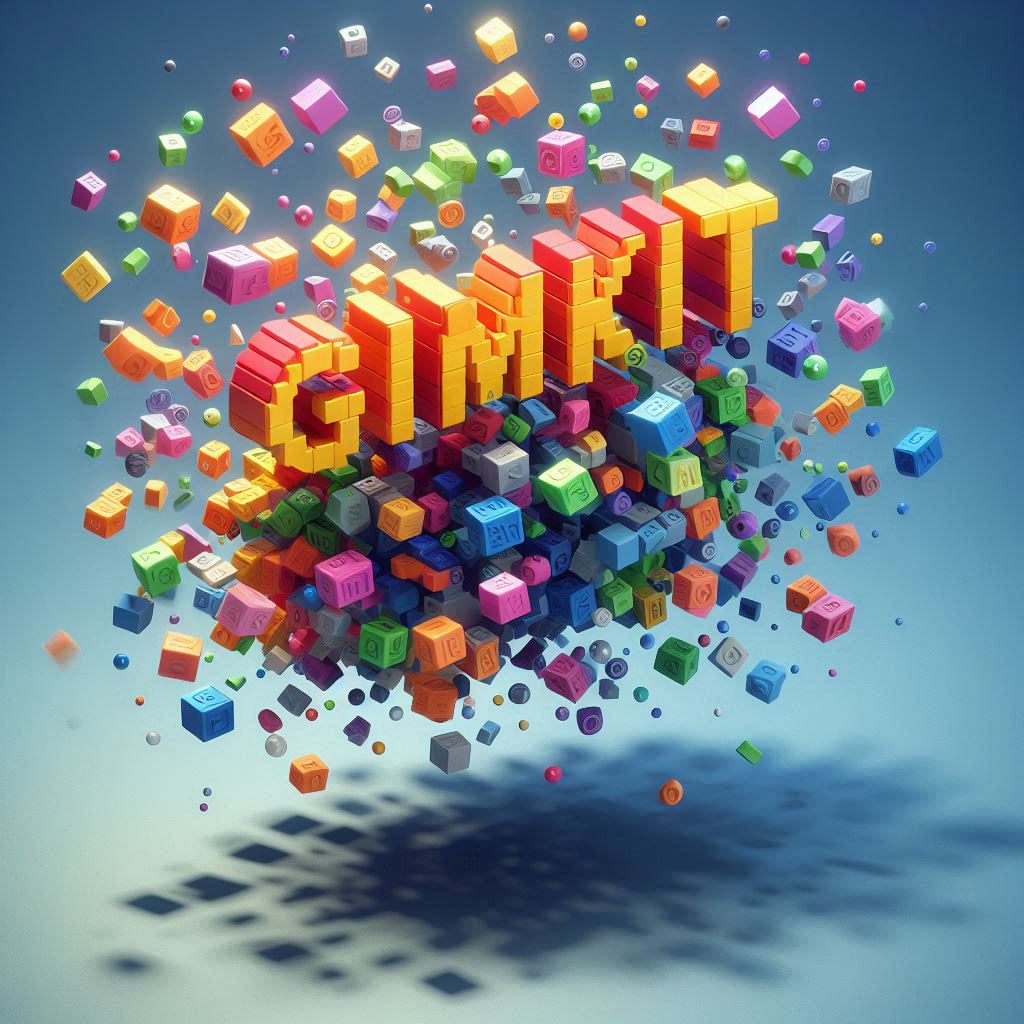
In today’s world of rapidly evolving technology, education is no exception. One of the most exciting advancements in modern classrooms is the use of gamified learning tools like Gimkit. It has transformed traditional learning methods, making it fun and interactive for students while ensuring retention and active engagement. In this article, we explore how Gimkit is changing classroom dynamics, how it works, and why it has gained so much popularity among teachers and students alike.
1. Introduction to Gimkit
Gimkit is an interactive online platform that merges the worlds of gaming and education. Created by high school students, the platform allows teachers to create quizzes or kits on various subjects that students can play in a game-like environment. What sets Gimkit apart from traditional quiz platforms is its gamification element: students earn in-game currency for answering questions correctly, which they can use to buy upgrades or power-ups to help them within the game.
This unique gamified approach has made Gimkit particularly appealing for both teachers and students. For educators, it serves as an engaging tool that boosts student participation, while for students, it provides an entertaining and competitive way to reinforce learning. Gimkit is gaining popularity due to its blend of learning with gaming, creating an immersive classroom experience that captures students’ attention.
2. How Gimkit Works
Gimkit’s functionality is simple yet effective. At its core, teachers design quizzes that align with their lessons, and students compete to answer questions correctly. When students answer a question correctly, they earn virtual currency, which they can spend on power-ups that give them advantages in the game. This competitive aspect encourages students to stay engaged while learning.
There are various game modes available on Gimkit, including Classic (where individual students compete), Team Mode (where students work together), and others like Humans vs. Zombies, making the game versatile for different classroom settings. The games can be conducted live or assigned as homework, allowing teachers to assess student learning both in and outside the classroom.
What makes Gimkit particularly effective is its seamless integration of learning content into its gameplay. The questions can be customized based on the subject and lesson, ensuring that the game serves as a meaningful educational tool rather than just a distraction. This dynamic environment promotes a sense of achievement and motivates students to engage more deeply with the content.
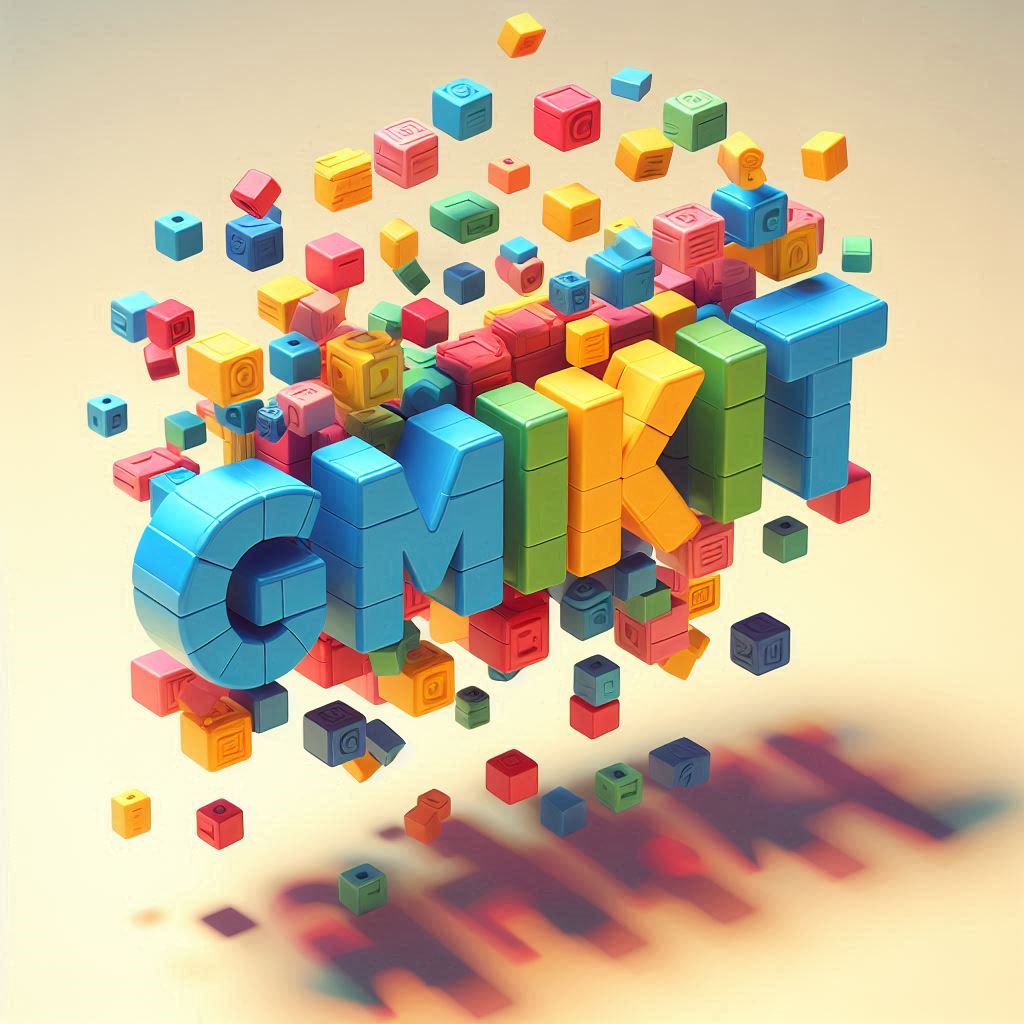
3. Features of Gimkit
Gimkit is loaded with features that make it adaptable for different learning styles and subjects. Teachers have the option to customize game modes based on their specific learning objectives. Whether it’s reviewing vocabulary for a language class or practicing math problems, Gimkit provides flexibility for various academic disciplines.
One standout feature is its integration with learning tools like Google Classroom, making it easier for teachers to manage assignments and track student progress. Teachers can import their class rosters directly from Google Classroom, streamlining the process of assigning games and monitoring student performance.
Another important feature is the availability of Live vs. Homework Mode. In Live Mode, games are played in real-time, fostering in-class interaction. Homework Mode allows students to complete tasks at their own pace, making it an ideal option for remote learning or after-class reinforcement.
To further enhance the game’s interactivity, power-ups and upgrades are introduced, adding a strategic layer to the game. Students can use their earned currency to buy these upgrades, which can impact their performance in the game, adding to the competitive and fun nature of Gimkit.
4. Benefits of Using Gimkit in Education
The incorporation of Gimkit into the classroom offers multiple benefits that go beyond traditional teaching methods. One of the key advantages is its ability to increase student engagement. Gamified learning has been shown to make students more motivated to participate, and the rewards system in Gimkit (virtual currency, upgrades, etc.) keeps students interested throughout the lesson.
Additionally, Gimkit promotes active learning and retention. Unlike traditional lecture-based learning, where students passively receive information, Gimkit encourages students to actively engage with the content. As students answer questions and strategize their in-game purchases, they are more likely to retain the information long-term.
Another significant benefit is the platform’s ability to provide real-time feedback. Teachers can monitor students’ progress live, enabling them to adjust the lesson on the fly or offer additional help where needed. Gimkit also fosters teamwork and collaboration through its team-based game modes, encouraging students to work together and learn from each other.
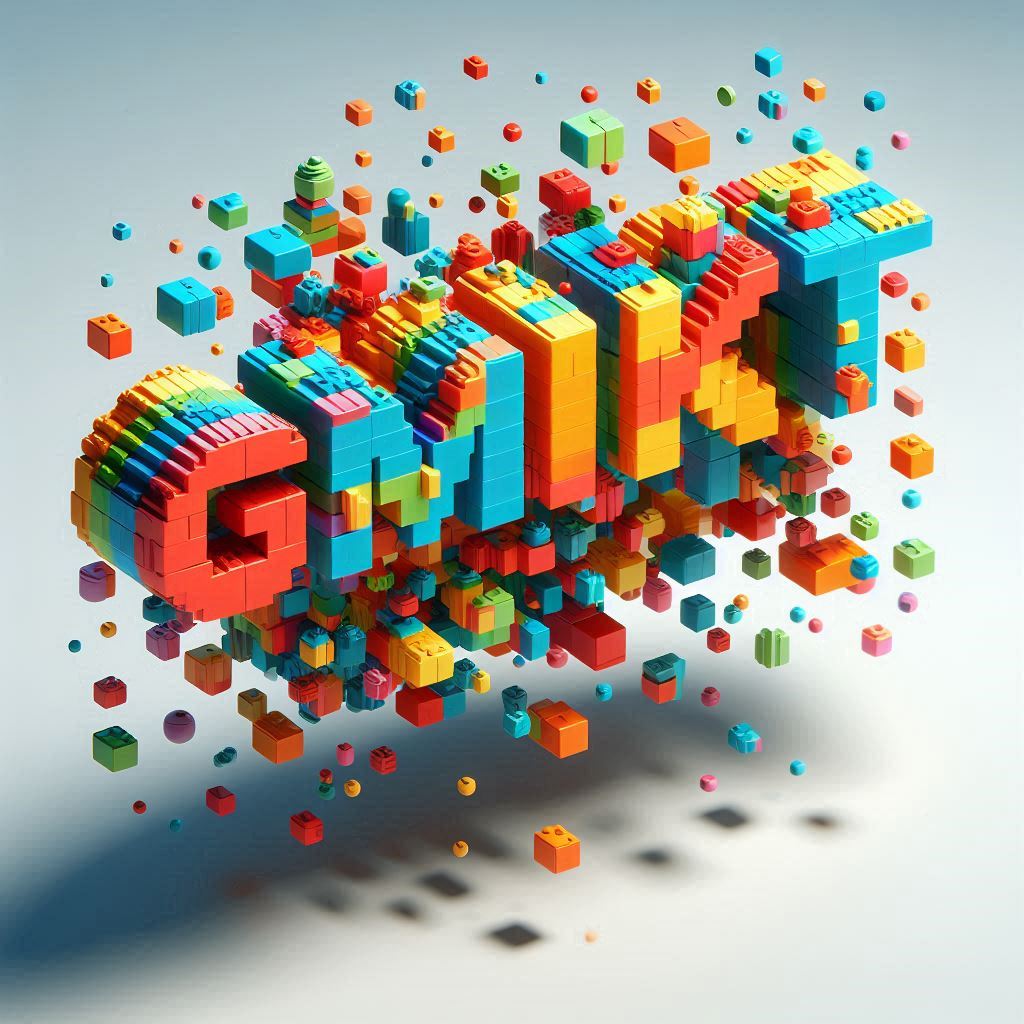
5. Gimkit vs. Traditional Learning Tools
When compared to other educational tools like Kahoot, Quizlet, and Edpuzzle, Gimkit stands out due to its interactive and immersive gameplay. While Kahoot also uses quizzes and competition, Gimkit’s unique in-game currency and power-up system add a layer of depth and strategy not found in many other platforms. Students aren’t just passively answering questions; they are actively planning their next move to outsmart their peers.
Quizlet, while an excellent study tool, does not incorporate the same level of game dynamics. Similarly, Edpuzzle focuses more on interactive video-based learning, which lacks the competitive element that Gimkit introduces. This competitive nature gives Gimkit a clear advantage when it comes to keeping students engaged for longer periods.
In comparison to traditional quizzes and tests, Gimkit offers a much more dynamic, engaging experience. Rather than a simple question-and-answer format, Gimkit transforms quizzes into a game, making the learning process feel more like a fun challenge than an assessment.
6. Tips for Teachers Using Gimkit
To get the most out of Gimkit, teachers can employ several strategies to ensure it aligns with their learning objectives. One effective approach is to create quizzes that are closely tied to lesson goals. By selecting questions that reinforce key concepts, teachers can use Gimkit as a tool for reinforcement and assessment.
Teachers should also focus on engaging students with the game. Incorporating power-ups and team modes can make the game more competitive and fun, which helps maintain student interest. Additionally, assigning games as homework can ensure that students continue learning outside of the classroom.
Customizing Gimkit games to suit different classroom needs and levels is essential for maximizing its potential. Teachers can adjust question difficulty based on the students’ grade levels, or create games that focus on specific skills, ensuring that all students benefit from the platform.
7. Student Perspective: Learning with Gimkit
From a student’s perspective, Gimkit offers a refreshing break from traditional learning methods. The game’s reward system—earning in-game currency for correct answers—acts as a strong motivator, encouraging students to perform better. Gamification helps turn learning into a fun and competitive experience, making students more eager to participate.
For students who struggle with certain subjects, Gimkit offers an alternative way of learning that can help make difficult concepts easier to understand. The real-time feedback and ability to see their performance immediately make it clear to students where they need improvement, fostering a more proactive approach to learning.
Overall, students find Gimkit engaging and enjoyable, and its unique mix of education and entertainment has been credited with improving attention spans and helping students retain information better.
8. Pricing and Subscription Options
Gimkit offers a free version, which includes basic features and allows teachers to create and run games with a limited set of functionalities. For those looking for more advanced features, Gimkit provides a paid subscription service called Gimkit Pro, which unlocks additional game modes, customization options, and larger class sizes.
The cost-benefit analysis for schools or individual teachers suggests that Gimkit Pro is a valuable investment, especially for classrooms that frequently use gamified learning. The pricing is generally reasonable and offers good value for the tools and features provided.

9. Success Stories: Gimkit in Real Classrooms
Many schools and teachers have embraced Gimkit as an essential part of their learning tools. For example, educators teaching subjects like math, science, and history have reported increased student engagement and improved test scores after using Gimkit.
In one case study, a middle school math teacher reported that students became more excited about learning fractions after playing a series of Gimkit games designed around the concept. Another example from a history classroom showed that students retained more historical facts after several rounds of Gimkit sessions compared to traditional study methods.
10. Frequently Asked Questions (FAQ)
- What is Gimkit? Gimkit is a gamified learning platform where teachers create quizzes, and students play to earn in-game rewards.
- Is Gimkit free? Gimkit offers both free and paid versions. The free version has limited features, while Gimkit Pro provides advanced options.
- How does Gimkit benefit teachers and students? Gimkit increases student engagement, promotes active learning, and provides real-time feedback for teachers.
- Can Gimkit be used for remote learning? Yes, Gimkit has a Homework Mode, which makes it perfect for both in-class and remote learning.
- What subjects can I teach with Gimkit? Gimkit can be used for any subject, from math and science to history and language arts.
11. Conclusion
In conclusion, Gimkit has revolutionized classroom learning through gamification, providing teachers with a dynamic tool that engages students, improves retention, and creates a fun learning environment. As educational technology continues to evolve, tools like Gimkit will likely play an even larger role in shaping how students learn and how teachers teach. Educators looking to enhance classroom engagement and effectiveness should definitely consider adding Gimkit to their teaching toolkit.
